Keep the Tail Wagging is supported by pet parents. I occasionally earn a commission (at no additional cost to you) when you click through an affiliate link to one of my favorite products. Thank you for your support. Read More
When I was new to DIY, I spent every Saturday cutting up chicken for the meat grinder. I went through three meat cleavers before I realized, “You get what you pay for.” In this post, I will share how I chose my knives, the best knives for raw feeders, and how to care for knives.
Shopping for the Best Knives for Raw Feeders
Choosing the right culinary knives can significantly impact meal prep for DIY raw feeders, making it easier and faster. Here are some factors to consider when choosing culinary knives:
- Blade material: The type of blade material will affect the performance and durability of your knife. Some popular materials include carbon steel, stainless steel, and ceramic. Carbon steel is known for its sharpness but requires more maintenance, while stainless steel is more durable and requires less maintenance. Ceramic is lightweight and sharp but also fragile and can chip or break if not handled carefully (not recommended when cutting bones).
- Blade shape and size: The shape and size of the blade are important to consider based on the tasks you will be using it for. A chef's knife is a versatile option for most tasks, but a smaller blade might be better for intricate work like peeling and trimming. I use a meat clever for most of my cutting and chopping – meat and vegetables. They are very versatile.
- Handle material: The handle is where you will grip the knife, so it's important to find a comfortable material that provides a secure grip. Common materials include wood, plastic, and metal. I avoid knives where the handle is separate from the knife (attached); these break easily with regular use.
- Weight and balance: The weight and balance of a knife can affect how it feels in your hand and the level of control you have over the blade. A well-balanced knife will feel comfortable and effortless to use.
- Brand and price: Quality knives can be expensive, but investing in a high-quality brand and spending a little more can save you money in the long run since they will last longer and perform better.
- Try before you buy: Before purchasing a knife, try holding it and testing it out to see how it feels in your hand and performs with your preferred cutting techniques.
When you consider these factors, you can choose the right culinary knives for your needs and improve your meal prep experience.
Best Knives for Raw Feeders
I have four knives that I use regularly:
- two meat cleavers – to chop vegetables, meat, and meat with bone (rabbit, poultry)
- a 7″ Santoku knife – to cut small boneless cuts of meat
- a 6″ boning/fillet knife – to trim fat from meat
I purchased them from a Gunter Wilhelm vendor at Costco. Other solid brands include Cangshan and Henckels. I spent $150 on four knives and a knife sharpener; this will be an investment that you'll only have to make once if you take care of your knives.
How to Care for Culinary Knives
Caring for culinary knives is essential to maintain their performance and extend their lifespan. Here are some tips for knife care:
- Hand wash: Culinary knives should always be hand washed rather than put in the dishwasher since the high heat and harsh detergents can damage the blade.
- Dry thoroughly: After washing, dry the knife thoroughly with a towel to prevent moisture from causing rust or stains on the blade.
- Store properly: To prevent damage and maintain the sharpness of the blade, knives should be stored in a knife block or sheath rather than in a drawer where they can be damaged or dull other knives.
- Sharpen regularly: A sharp knife is safer and more efficient than a dull knife. Use a sharpening stone, honing steel, or another tool to keep the blade sharp.
- Cut on appropriate surfaces: Avoid cutting on hard surfaces such as stone or glass since it can dull or damage the blade. Instead, use a cutting board made of soft materials like wood or plastic.
- Use responsibly: Only use knives for their intended purposes and avoid using them to pry open cans or cut through weight-bearing bone or frozen food, which can damage the blade.
By following these tips, you can ensure that your culinary knives remain sharp and functional for years.
How to Cut Up a Chicken or Duck
I'm not graceful when cutting meat because it goes directly into the grinder. However, there's a lot to be said for learning how to cut up a bird properly – it'll save you time, it's less messy, and your wrist will thank you.
Do Raw Feeders Need Knives?
I believe all raw feeders should have a solid set of knives. If you feed commercial raw or if most ingredients arrive pre-ground, you may not use knives regularly. But a meat cleaver and Santoku knife are great to have on hand…
- in case you score a freezer dump or discounted meat
- if you have a small dog and need to cut meat into smaller pieces
A nice set of knives can be a great investment because they'll last long if you properly care for them.





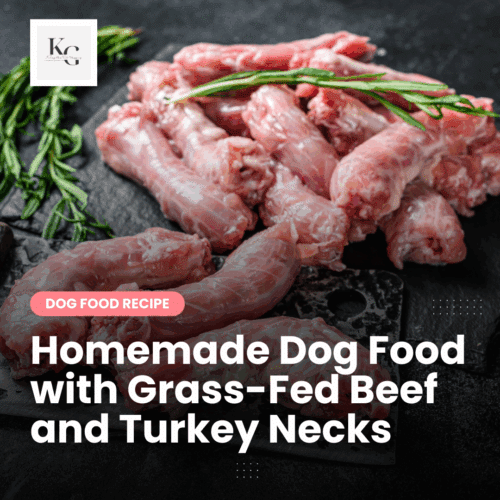
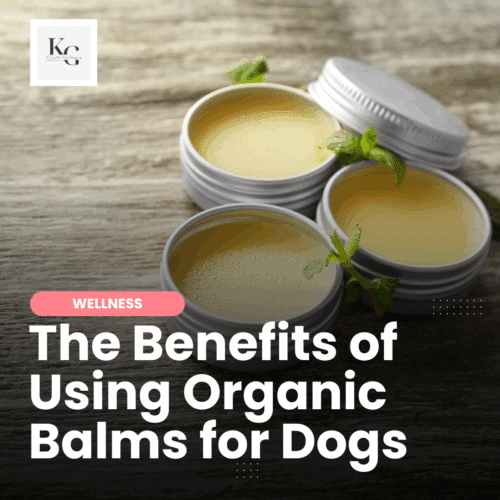

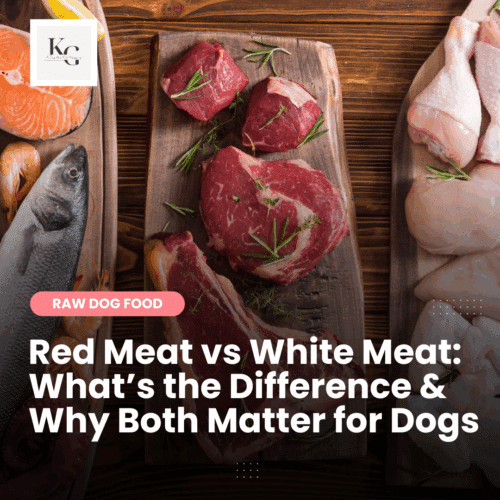



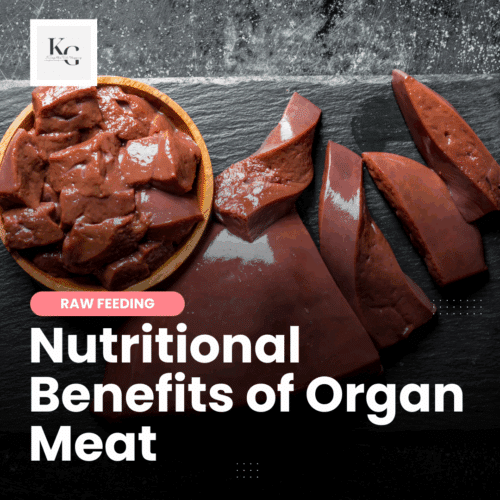



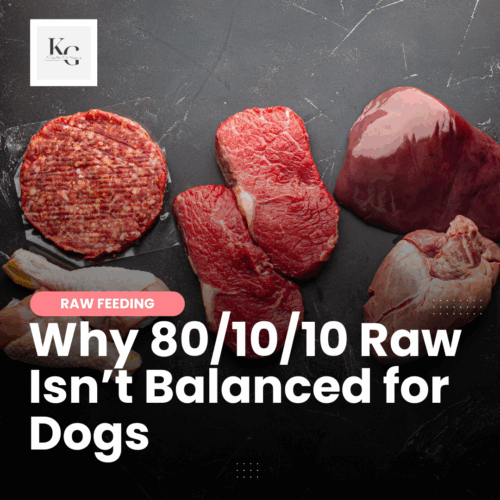
Thanks, Jacob – I’ve never heard of a screw weight before. I appreciate the information.
Yes, good knives are essential! As past a sous chef, I have always owned good quality knives and honing stones. Another valuable addition, especially for 8-10″ chef’s knife, is a screw weight at the end of the handle that allows you to adjust the weight of the knife for different functions or for different members of the family.
Very interesting knives thank you for the article.
If your dog is sensitive to fat, then you can remove the skin. My dogs don’t have an issue and I prefer to give them animal fat than plant fat (other than coconut oil) so it works great for them.
Do you need to remove any skin from the raw wings and necks. ( turkey and duck)
Wow…nice post and advice. I indeed need a great knife in chopping big chunks of meat for my pets food.
Just saw your new post! Thanks!
I am IN LOVE with our knives. They’re amazing. I have a meat grinder post coming up. Stay tuned. I currently use an STX 3000 turbo force; I’m looking to trade up, but I need a dedicated raw feeding space. I’m negotiating on space in the garage with my boyfriend. LOL
I mostly feed large chunks of meat with bone to Ace or pre-prepared food, so I don’t need to use knives for his food too often. However, we do have a nice set of knives for ourselves that we got as a gift and boy do they make a difference compared to our cheaper knives! I did not know what I was missing before!
One thing I would like to invest in is a meat grinder for making raw dog food. Have you written a post about yours? I think you have. I’ll search for it.